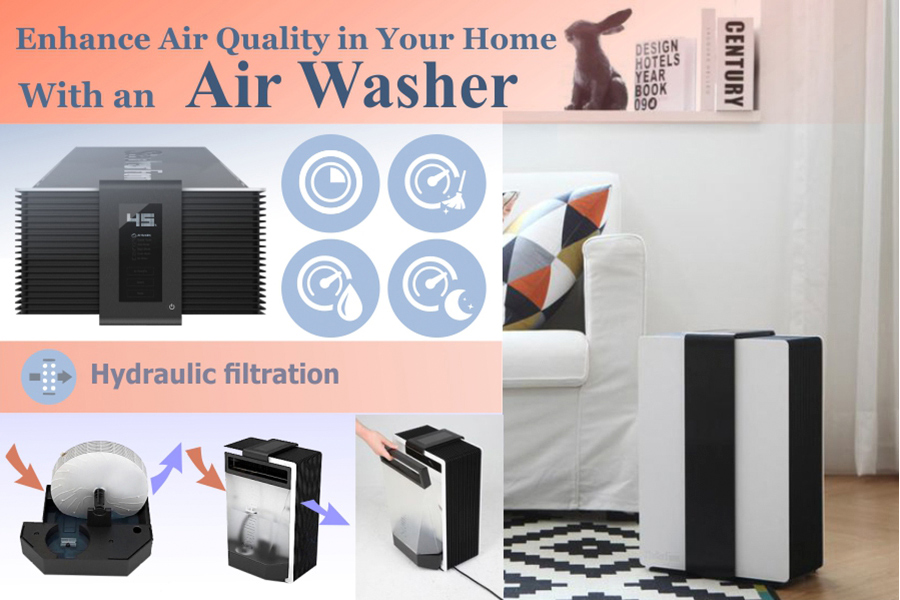The Ultimate Guide To Understanding Heat Pumps - Just How Do They Work?
The Ultimate Guide To Understanding Heat Pumps - Just How Do They Work?
Blog Article
Material Author-Neergaard Dickson
The most effective heat pumps can save you considerable amounts of money on power expenses. They can likewise help reduce greenhouse gas discharges, especially if you make use of electrical power instead of nonrenewable fuel sources like lp and heating oil or electric-resistance heating systems.
Heat pumps function significantly the like a/c unit do. This makes them a practical choice to standard electric home heating unit.
Just how They Work
Heat pumps cool homes in the summer season and, with a little help from power or gas, they provide several of your home's home heating in the wintertime. They're a great alternative for people who intend to reduce their use of fossil fuels but aren't all set to change their existing heating system and a/c system.
They count on the physical fact that also in air that seems as well chilly, there's still power existing: cozy air is constantly moving, and it wishes to move into cooler, lower-pressure settings like your home.
Most ENERGY STAR certified heat pumps operate at near their heating or cooling ability throughout the majority of the year, decreasing on/off biking and conserving energy. For the best efficiency, focus on systems with a high SEER and HSPF rating.
The Compressor
The heart of the heat pump is the compressor, which is additionally referred to as an air compressor. This mechanical moving device utilizes potential power from power creation to increase the pressure of a gas by reducing its quantity. It is different from a pump because it only services gases and can't work with liquids, as pumps do.
Atmospheric air enters the compressor via an inlet shutoff. It circumnavigates vane-mounted arms with self-adjusting length that split the interior of the compressor, developing several dental caries of varying size. The blades's spin forces these tooth cavities to move in and out of stage with each other, pressing the air.
The compressor pulls in the low-temperature, high-pressure refrigerant vapor from the evaporator and compresses it right into the hot, pressurized state of a gas. This process is repeated as required to provide heating or cooling as called for. The compressor likewise has a desuperheater coil that reuses the waste warm and includes superheat to the cooling agent, transforming it from its liquid to vapor state.
The Evaporator
The evaporator in heat pumps does the very same point as it does in fridges and air conditioning system, changing liquid cooling agent right into a gaseous vapor that gets rid of warm from the room. Heatpump systems would not function without this important piece of equipment.
This part of the system is located inside your home or building in an indoor air handler, which can be either a ducted or ductless system. It contains an evaporator coil and the compressor that compresses the low-pressure vapor from the evaporator to high pressure gas.
visit the up coming website soak up ambient warmth from the air, and after that utilize electricity to transfer that warmth to a home or company in home heating mode. That makes them a great deal a lot more power reliable than electrical heating units or heating systems, and because they're using clean electrical power from the grid (and not burning fuel), they additionally create far fewer discharges. That's why heatpump are such fantastic environmental selections. (Not to mention a huge reason why they're becoming so popular.).
The Thermostat.
Heatpump are fantastic choices for homes in cool climates, and you can use them in mix with standard duct-based systems or perhaps go ductless. They're an excellent alternative to fossil fuel furnace or conventional electric heaters, and they're much more sustainable than oil, gas or nuclear cooling and heating tools.
Your thermostat is one of the most essential element of your heat pump system, and it functions really differently than a standard thermostat. https://costtoaddairconditioningt78777.smblogsites.com/29314157/maximizing-comfort-and-financial-savings-tips-for-optimizing-your-heatpump-efficiency (all non-electronic ones) job by using compounds that alter dimension with raising temperature, like coiled bimetallic strips or the increasing wax in an auto radiator valve.
These strips include 2 different sorts of steel, and they're bolted with each other to form a bridge that finishes an electric circuit connected to your HVAC system. As the strip gets warmer, one side of the bridge broadens faster than the other, which causes it to bend and signify that the heating system is required. When the heatpump is in home heating setting, the reversing shutoff reverses the flow of cooling agent, so that the outside coil now operates as an evaporator and the indoor cylinder comes to be a condenser.